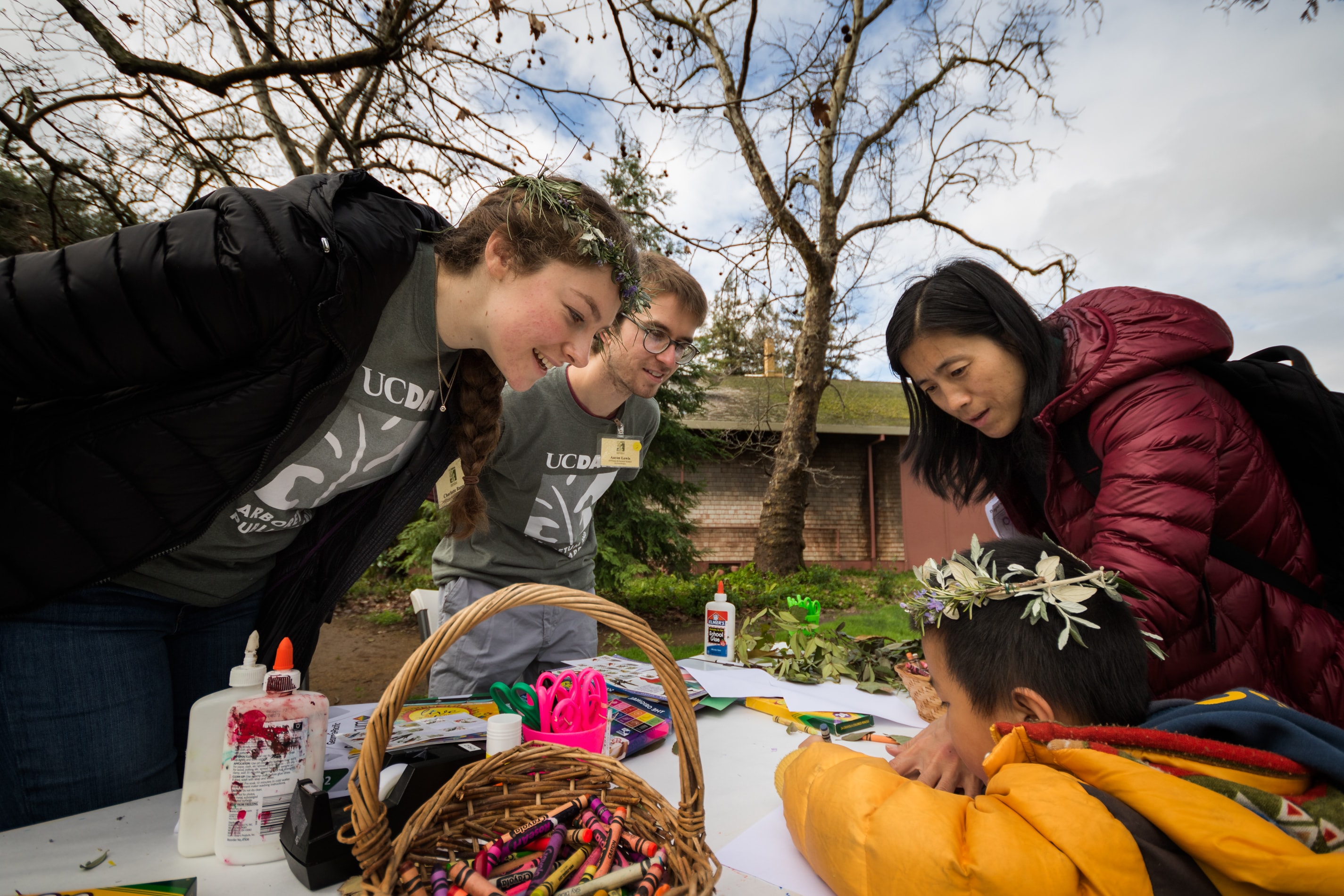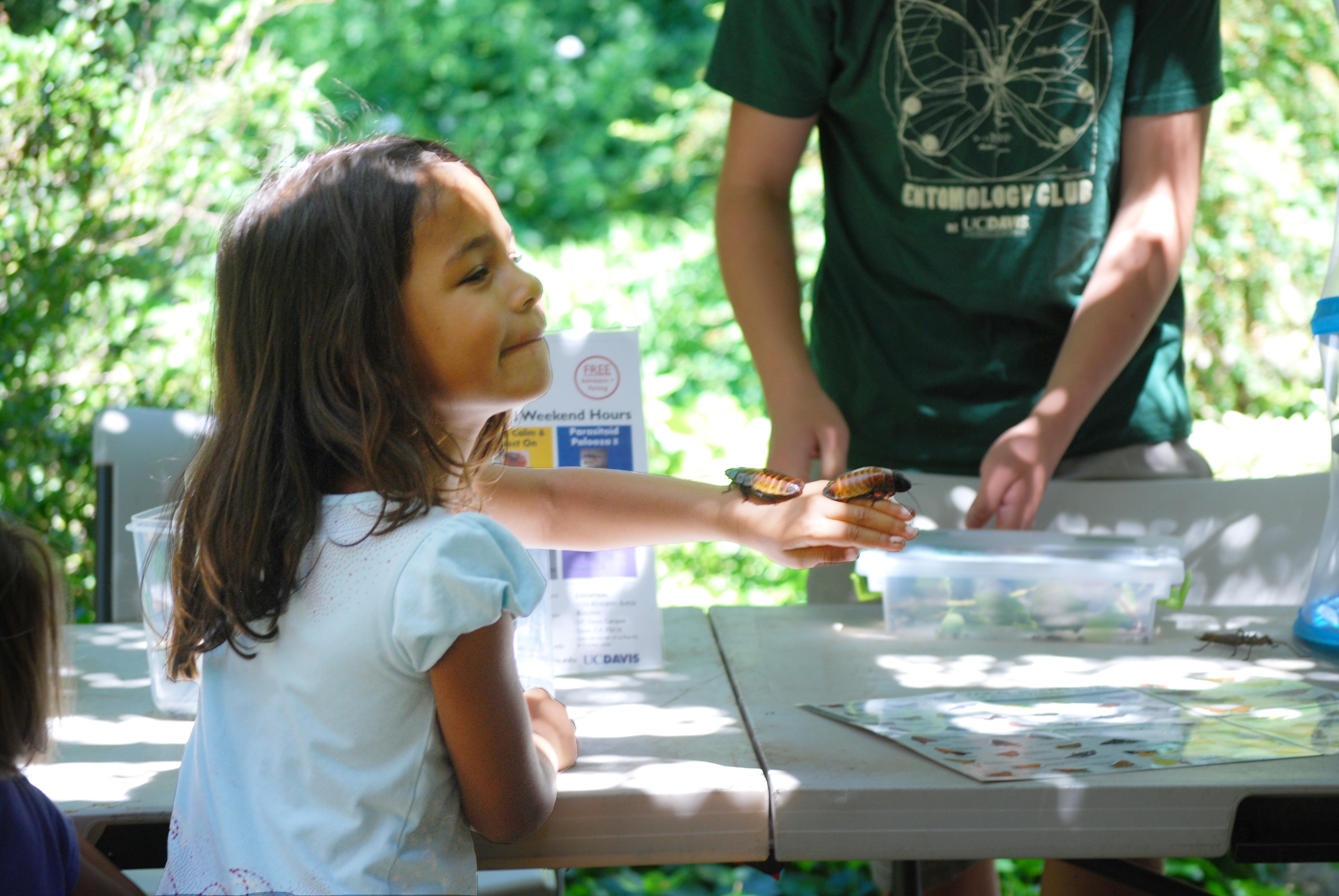Second Grade Activities on Life Cycles

What is the Arboretum? Students will learn what an arboretum is, where it is located and why it is important.
A Coat For a Seed Students will learn concepts connected to the life cycles of plants via the exploration of the parts of a bean. (Estimated activity time: 30 minutes.)
Plant Parts This activity helps students learn about plant structures by letting them identify which parts of plants some familiar foods represent. For example, is broccoli a fruit, a stem, a bunch of leaves, or flowers? (Estimated activity time: 30-45 minutes.)
Seed Need This activity helps students see how some plants use animals to carry their seeds and disperse them. (Estimated activity time: 40 minutes.)
Odes to Plants In this activity, students will communicate information about plants through creative poetry, which can incorporate personal values as well as facts. (Estimated activity time: 30 minutes.)
Fourth Grade Activities on Adaptations

What is the Arboretum? Students will learn what an arboretum is, where it is located and why it is important.
Butterfly Camouflage This activity simulates a butterfly’s adaptation to its habitat through means of camouflage and the role adaptations play in predation. The goal of this activity is to introduce or re-emphasize the idea of adaptation by looking at an example of camouflage. (Estimated activity time: 15-30 minutes.)
Bird Beaks This activity introduces the concept of adaptation to students. They will use different kinds of everyday household tools to develop an understanding about how different shapes of bird beaks help birds eat specific kinds of foods. (Estimated activity time: 30-45 minutes.)
Odes to Plants In this activity, students will communicate information about plants through creative poetry, which can incorporate personal values as well as facts. (Estimated activity time: 30 minutes.)



